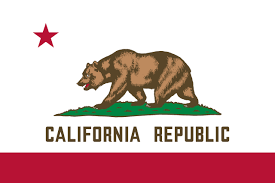CVC 22505: Parking Near Fire Station Driveway
CVC 22505 is a section of the California Vehicle Code that specifies parking regulations in proximity to fire station driveways. The primary purpose of this law is to ensure that emergency vehicles can access and exit fire stations without any hindrance, especially during emergencies when every second counts.
Here are the key points of CVC 22505:
-
Prohibited Parking: Under CVC 22505, it is illegal to park a vehicle within 15 feet of a fire station driveway or fire hydrant, as measured from the nearest edge of the driveway or hydrant to the nearest edge of the vehicle.
-
Exceptions: There are some exceptions to this rule. For instance, a vehicle can stop temporarily in front of a fire station driveway or hydrant to load or unload passengers or property, provided that the driver remains in the vehicle and is ready to move it if necessary.
-
Emergency Situations: In emergency situations, law enforcement or traffic officers may order the immediate removal of vehicles that are illegally parked in front of fire station driveways or hydrants to allow unobstructed access for fire and emergency personnel.
Why CVC 22505 Matters:
CVC 22505 is significant for several reasons:
-
Emergency Access: The law prioritizes the ability of emergency vehicles, especially fire trucks, to enter and exit fire stations quickly and without obstacles. This is crucial for responding to fires, medical emergencies, and other life-threatening situations.
-
Public Safety: Unobstructed access to fire station driveways ensures that firefighters and other emergency responders can do their jobs effectively, potentially saving lives and property.
-
Legal Compliance: Adhering to CVC 22505 is a legal requirement. Parking in front of fire station driveways or hydrants can result in penalties, fines, and the towing of the vehicle if necessary.
Penalties for Violation:
Penalties for violating CVC 22505 can vary depending on the specific circumstances and local jurisdiction. Common consequences may include fines, and in some cases, the vehicle may be towed to clear the driveway or hydrant.

DontPayTickets.com
Fight Back California Traffic Violations and Tickets

